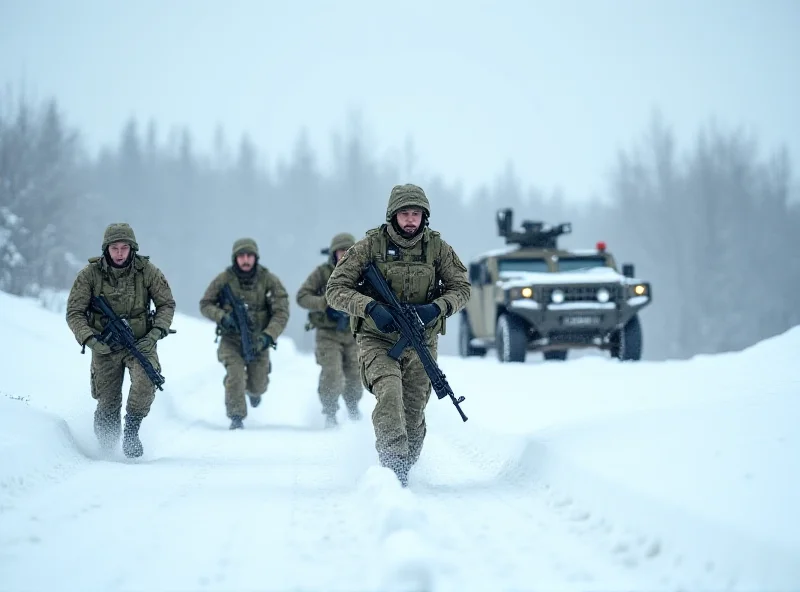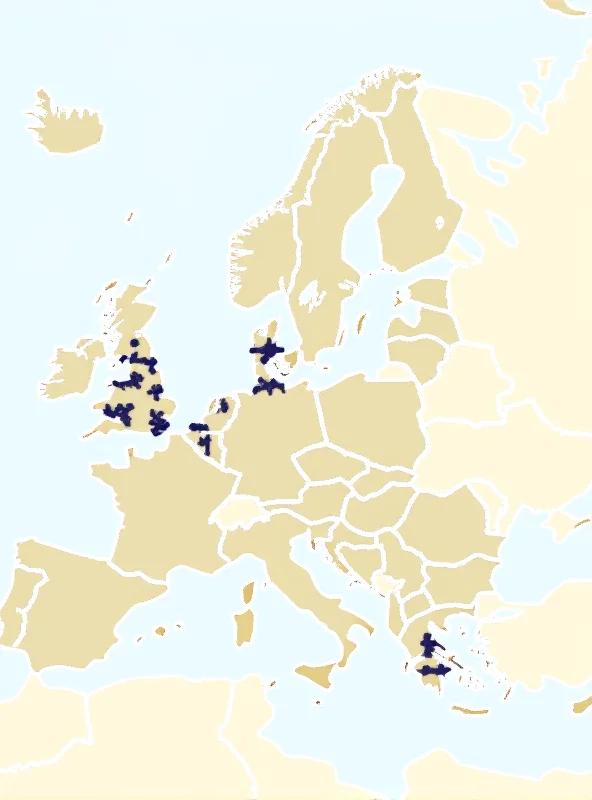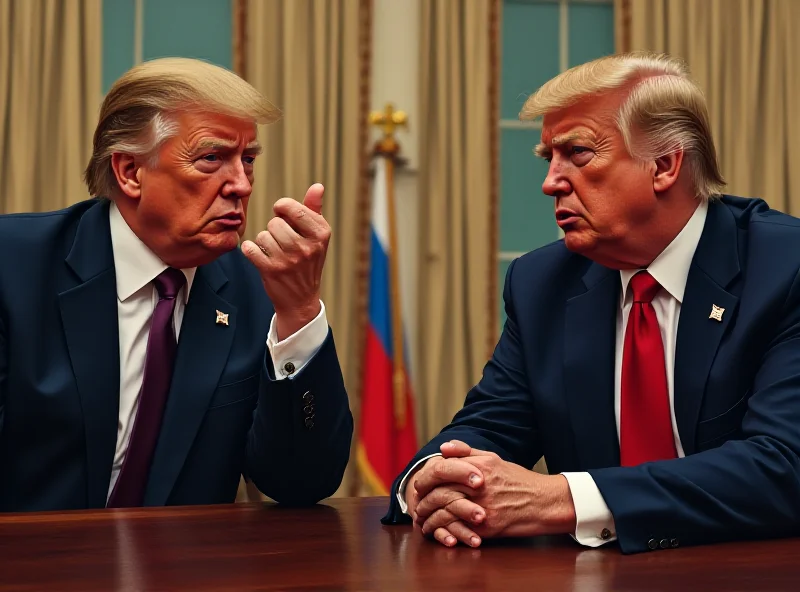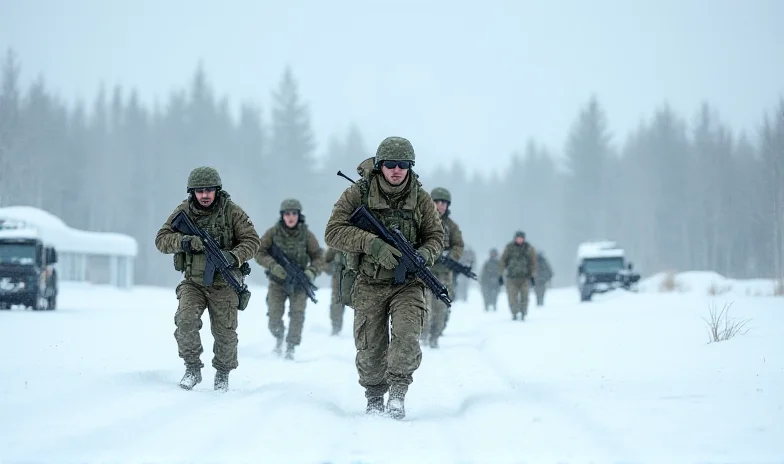The global landscape is shifting, and Europe finds itself at a critical juncture. From concerns over transatlantic relations to the ongoing conflict in Ukraine, the continent is facing a complex array of challenges that demand a reassessment of its defense strategies. The question now isn't just about maintaining the status quo, but about proactively preparing for an uncertain future.
Building a Stronger European Defense
One of the most pressing concerns is the potential for a reduced U.S. military presence in Europe. This scenario, driven by fluctuating transatlantic relations and an increasingly assertive Russia, necessitates a significant boost in European defense capabilities. Some analysts suggest that Europe would need to add 300,000 soldiers and invest an additional 250 billion euros annually to adequately compensate for a potential U.S. withdrawal. This is a massive undertaking that requires not only financial investment but also a fundamental shift in strategic thinking.

But the challenge extends beyond sheer numbers. It's about building a cohesive and effective defense force capable of responding to a wide range of threats. This requires collaboration, innovation, and a willingness to invest in cutting-edge technologies.
The Ukraine Conflict: A Test of European Resolve
The ongoing conflict in Ukraine serves as a stark reminder of the fragility of peace in Europe. Even if a peace deal is eventually reached, the road to recovery will be long and arduous for the Ukrainian people. "Ukraine faces a huge rebuild if a truce is agreed," an aid worker recently commented, highlighting the immense scale of the humanitarian crisis and the long-term commitment required for reconstruction.
Furthermore, the conflict has exposed vulnerabilities in Europe's ability to provide timely and effective military assistance. High costs and production backlogs have hampered efforts to supply Ukraine with the weapons it needs. In response, nations like Denmark are taking innovative approaches to streamline the process and reduce costs. This includes initiatives to find cheaper and faster ways to deliver weapons, which could prove critical in sustaining Ukraine's defense.

The Geopolitics of Victimhood
The conflict has also become a focal point for geopolitical maneuvering. As Lilie Chouliaraki, a professor at the London School of Economics, points out, narratives of victimhood are being weaponized. The Oval Office meeting between former U.S. President Donald Trump and Ukrainian President Volodymyr Zelenskyy, during which Trump accused Zelenskyy of prolonging the war, exemplifies this trend. Trump's rhetoric, according to Chouliaraki, "constructed a new hierarchy of suffering, one in which the US emerged as the primary victim, Ukraine as the source of its burdens and Russia as innocent of blame."

This manipulation of victimhood highlights the complex political dynamics at play and the challenges of maintaining a united front in the face of external pressures.
Ultimately, Europe's ability to navigate these challenges will depend on its willingness to invest in its own defense, foster stronger alliances, and resist the temptation to be swayed by divisive narratives. The stakes are high, and the time for action is now.
In other news, the discovery of dismembered bodies of nine missing students in Mexico serves as a grim reminder of the ongoing violence and instability in certain regions of the world. This tragic event underscores the importance of international cooperation in addressing crime and promoting human rights.
